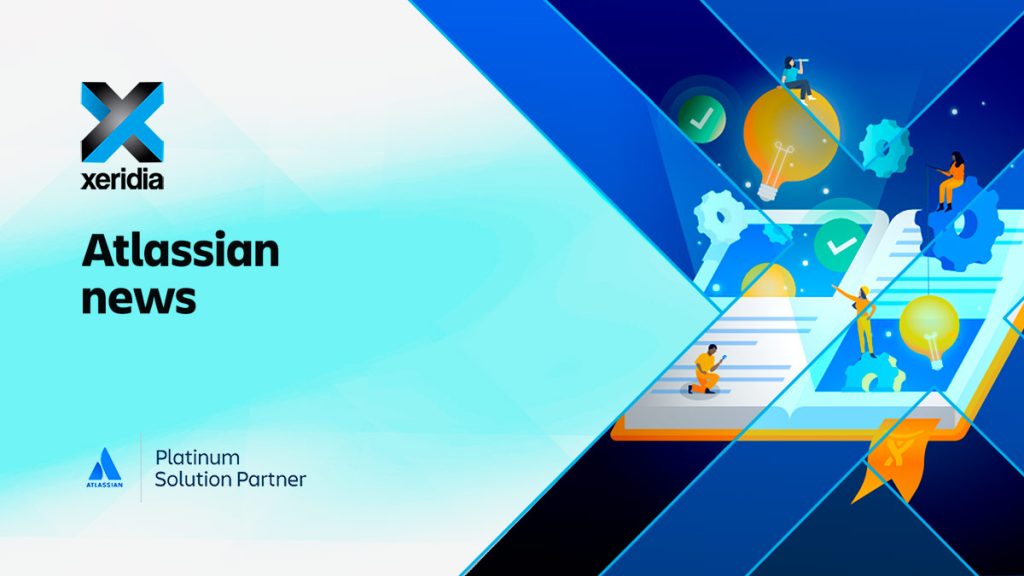
Talking about Low-Code application development is often confused with No-Code:
No-Code: allows users with no programming experience to create applications without needing to process a single line of code.
Low-Code: offers tools that reduce the amount of code, but maintains the ability to develop complex and scalable applications for a company.
Why is Low-Code not ‘basic development’?
The right concept to talk about Low-Code technology is that of an enabler and accelerator. However, there is a misperception of this technology, which is that it simplifies the development process so much that anyone, without technical knowledge, can use it.
The key is to understand that Low-Code does not replace technical knowledge but rather enhances it. Knowing how to program, optimize and make mature technical decisions is what maximizes its value.
Something similar happened with artificial intelligence. AI amplifies our capabilities, allowing those who know how to use it to make better decisions and create more advanced and efficient solutions.
Same technology, different profiles
Behind the Low-Code concept are different platforms. At Xeridia, we chose to work with a native company, Outsystems, which combines the best of two worlds:
Simplicity for beginners: thanks to visual development, pre-integrated components, ready integrations to extend the platform and tools with drag-and-drop functionalities.
Flexibility for experts: an experienced developer with a technical background will take the platform much further. From modelling databases and ensuring an optimized user experience on the front-end, to customizing functionality and extending the application (e.g. with .NET to create plugins in The Forge, their marketplace). In addition, in systems with intensive loads, it must understand the underlying processes at the application level to diagnose and optimize its performance.
A Low-Code platform must accommodate both the business goals – maximizing productivity and efficient use of resources – and the developers, by adapting to their expertise and knowledge.
Debunking myths about Low-Code
Myth nº1: Low-Code is for people who don’t know how to program.
Reality: the fact that it includes tools that facilitate development for profiles with little experience does not make it an application aimed at non-developers. The more solid the developers’ programming fundamentals are, the more advantages they will be able to obtain from the platform.
Myth nº2: developing faster is developing with lower quality.
Reality: markets are unforgiving, applications must be robust, scalable, secure and must be accompanied by agile delivery. Low-code does not sacrifice quality, but it does allow for agility because it is able to automate repetitive tasks.
Myth nº3: Low-Code is only for simple applications.
Reality: Large companies also use this technology to develop critical core applications that support large data and user loads, comply with rigorous security standards and scale thanks to the advantages of cloud deployment and the platform’s customizability.
Myth nº4: using Low-Code platforms limits technological innovation.
Reality: technology is a sector where year after year innovation drives new forms of productivity. And Low-Code is one of them. Outsystems Development Cloud (ODC) represents the evolution of the platform for developing cloud-native applications. While Mentor, its generative artificial intelligence, redefines efficiency by integrating into the platform. Two examples of how not to get left behind.
Myth nº5: If I develop on a low-code platform, I’ll be stuck forever.
Reality: Not so with Outsystems. The platform supports APIs, connects you to an active community and allows you to include custom code. In addition, the code that the platform generates is standard (.NET), which allows you to decouple application and platform if necessary.
And from a developer’s point of view? At Xeridia we have multidisciplinary teams, who have very solid technical knowledge in different technologies, and who use OutSystems to take productivity and development speed to a higher level.





